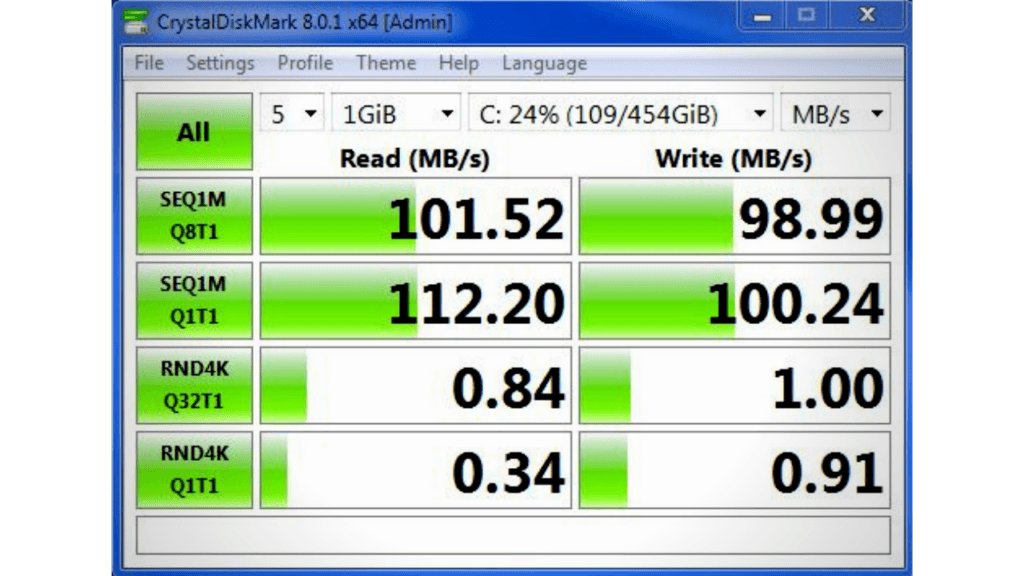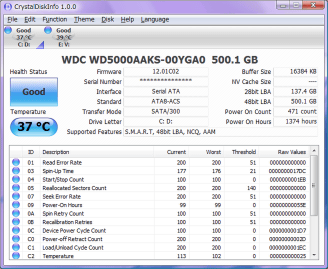
- CRYSTAL DISK HEALTH STATUS HOW TO
- CRYSTAL DISK HEALTH STATUS INSTALL
- CRYSTAL DISK HEALTH STATUS FULL
As someone who lost a week-long project due to a sudden drive failure, keep those important files backed up in real time.

If you’re trying to get the last bit of life out of your drive, make sure you’re saving any open files regularly to an external drive or a cloud-based storage service.
CRYSTAL DISK HEALTH STATUS FULL
If you can create a full disk image, you likely won’t have to worry about this though.
CRYSTAL DISK HEALTH STATUS INSTALL
To make it easier to make the transition easier from an old drive to a new one, create a list of everything you need to install along with any product keys.

It also helps check hard disk health by showing you any errors. The Windows CHKDSK tool is a built-in Windows tool that will scan your hard disk to find system errors and bad sectors. To help you out, the following are links to the relevant download pages of some of the biggest hard drive brands:Įach of these tools functions a little differently, but most importantly, each one has diagnostic features that let you test your hard drive health.Īlso read: 9 Things You Must Do When Running an SSD in Windows 4.

If you feel like your non-SSD hard drive is slowing down, then you should check to see how fragmented it is. SSDs work a little differently, and while they never need defragmentation (because fragmentation relates to where the data is physically stored on the drive, which isn’t a factor on SSD), they do sometimes need optimizing. Traditional SATA hard drives may have largely made way for much faster solid-state drives, but they’re still very popular and remain an affordable way to store things like pictures, videos and other non-strenuous file types.
CRYSTAL DISK HEALTH STATUS HOW TO
On Dell and HP laptops, you should be able to check hard drive health by going to the BIOS and looking for “Diagnostics.”Īlso read: How to Fix “This Setting Is Managed by Your Administrator” in Windows 2. The BIOS is also a good place to see whether the hard drive you want to check is actually being detected by your PC/motherboard.


 0 kommentar(er)
0 kommentar(er)
